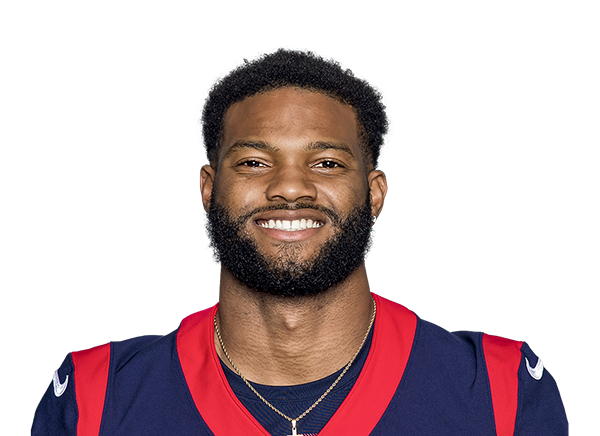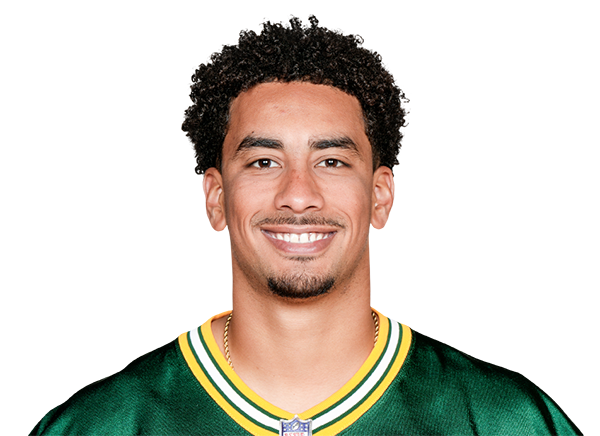Narratives: The Trade Up
On day two of the 2019 NFL Draft, the Kansas City Chiefs traded up to the 56th pick to select receiver Mecole Hardman – and the fantasy community rocketed Hardman up their draft rankings to first-round rookie ADP. “They traded up for their Tyreek Hill replacement,” they proclaimed. “The Chiefs must really love him – wheels up!”
I am not a Hardman believer – I don’t think anyone fast can just drop into Hill’s role, especially not a prospect as flawed as Hardman – but the more interesting bit to me is the idea that “trading up” for a prospect is somehow more valuable than the actual draft slot where the player was taken. My resolve to study this increased as I saw two tweets by fellow DLF writers, Tom Kislingbury and Ryan McDowell:
I might have to undertake a huge project to prove that just because a team traded up a few spots for a player doesn't mean they think he's a superstar who they will shower with opportunity and favour
— T͓̽o͓̽m͓̽ ͓̽K͓̽i͓̽s͓̽l͓̽i͓̽n͓̽g͓̽b͓̽u͓̽r͓̽y͓̽ (@TomKislingbury) May 3, 2019
Here are the offensive skill players teams traded up to select during the draft:
Drew Lock
Mecole Hardman
DK Metcalf
David Montgomery
Darrell Henderson
Miles Boykin
Dawson Knox
Ryan Finley
Bryce Love
Justice Hill
Hunter Renfrow
Juwan Winfree
John Ursua— Ryan McDowell (@RyanMc23) May 3, 2019
Two contrasting viewpoints on the matter – and Tom definitely put out my bat-signal when he suggested a data project to study this!
[am4show have=’g1;’ guest_error=’sub_message’ user_error=’sub_message’ ]
Setting Up the Study
I’m aiming to study whether the additional draft capital of “trading up” for a player better predicts how much a team will use said player as compared to just the draft capital of the selection itself. In the Hardman example, I want to know whether the combined value of the 61st and 167th picks better predicts how much a team will use him as compared to just the value of the 56th overall pick by itself. In order to do this, I need a few things: a dataset of trades, a way to value draft picks and draft pick packages, and a way to measure how much a team will use said player.
Grabbing a data set of trades from Pro Football Reference is easy work with their Trade Finder – I grabbed a list of every draft-day trade from 2010 to 2018. Following along that data source, I used longtime PFR writer Chase Stuart’s value charts to approximate pick values. Finally, I went back to grab snap counts from PFR as a way to estimate how much playing time any given player would get in their rookie year. I think snap counts are a particularly good way to estimate opportunity because they allow me to use both offensive and defensive players in the study (I’m slowly working my way into IDP land!)
Here’s an example of the trade-value calculation:
This was the Lamar Jackson trade from last year. The Ravens traded the 52nd and 125th overall picks of the 2018 draft as well as their 2019 second round pick to the Eagles for the 32nd and 132nd overall picks. You can see the value of each pick in the pick-value column, and the total value for both sides of the trade (received and paid).
The “pick-value-premium” is created by taking the difference between the total amount paid and the total amount received and adding it to the original pick value. In cases like this where two players are on the “traded up” side, the difference is allocated proportionately based on the original pick value (i.e. Jackson’s pick 32 is allocated more of the premium than Jaleel Scott’s pick 132). If the difference was negative (as in the other side of the trade), I did not count it as a penalty on the draft pick’s value – logic being that the player isn’t valued at less than what they were drafted at.
Not as much methodology went into the snap counts – I grabbed the rookie year snap count table and selected the percentage of either offensive or defensive snaps played (whichever was larger).
Results
We’ll start with the visual (draft “pick value” is in orange and the “trade-premium” values are in blue).
Good news folks! Both sets of pick values suggest that higher draft capital spent leads to a higher percentage of rookie-year snaps. Studying the regressions a little more carefully, we can see that the R-squared is higher for the pick values (0.313) than the trade-values (0.2736) – this suggests that pick values are better at explaining/predicting the percentage of Y1 snaps! This is a fairly significant difference – adding the “premium” of trading up for a player is actually just noise and is not significant to the way players end up being used by a team.
In short, you can safely ignore any mention of “trading up because we really like this player”. It’s not statistically significant in predicting whether or not a player is going to receive more of the opportunities in their rookie year (or future years, for that matter). If you’re interested in looking at this data further, please feel free to grab it from my GitHub page here.
PS – #FadeMecole
[/am4show]
- Instant Analysis: Josh Gordon Reinstated - August 17, 2019
- Narratives: The Trade Up - May 9, 2019
- Instant Analysis: Odell Beckham Traded to the Cleveland Browns - March 13, 2019


























































